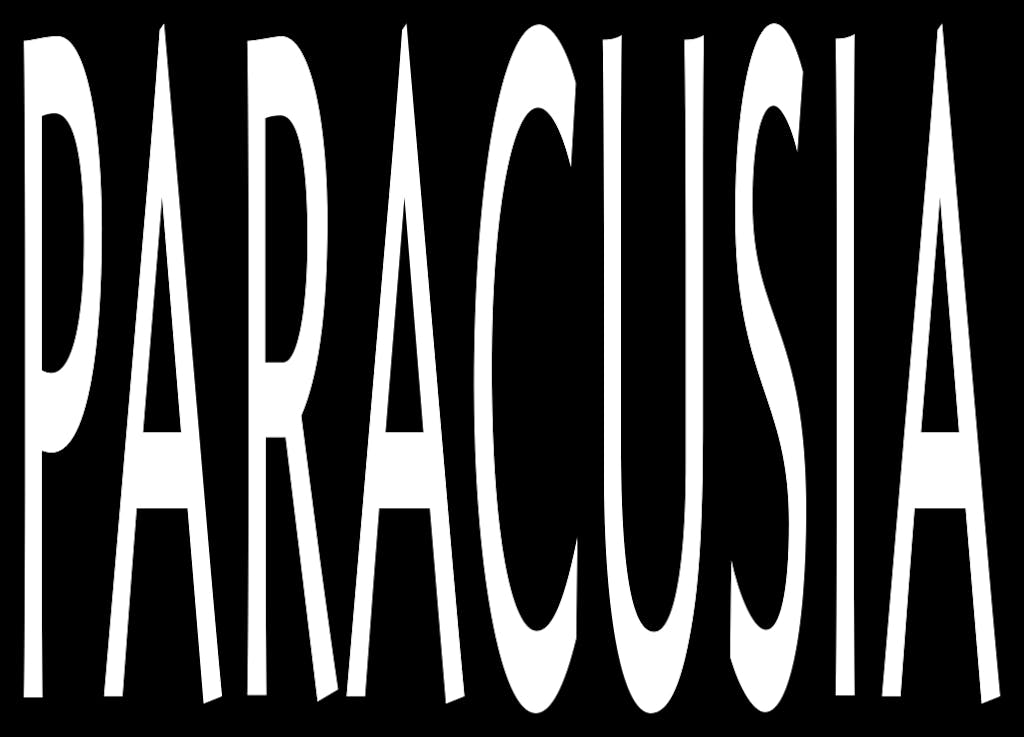Thank you. You’ve been signed up for Kewenig updates.
An error occured. Please try again.
The information you provide will be used in accordance with KEWENIG’s Privacy Policy. You can unsubscribe from KEWENIG emails at any time by clicking the unsubscribe link in any email.

